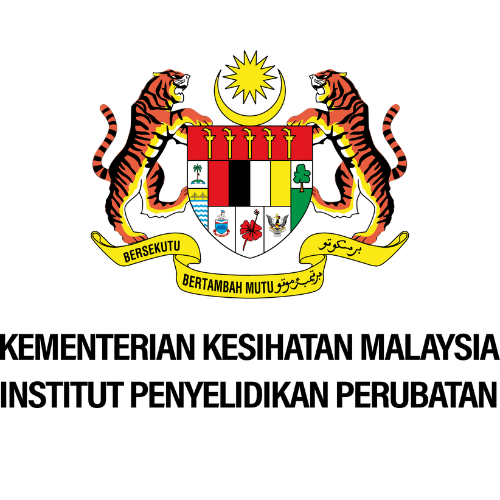Lophopyxis maingayi Hook.f.
Family
Lophopyxidaceae
Synonyms
Lophopyxis pierrei Boerl., Lophopyxis pentaptera (K. Schumann) Engl.
Vernacular Names
| Brunei |
Akar belimbing hutan (Kinabatangan). |
| Indonesia | Simpuru (Sulawesi), tali sesawi (Ambon). |
| Papua New Guinea |
N’dralang (Manus Island). |
Geographical Distributions
Lophopyxis maingayi occurs in Peninsular Malaysia, northern Borneo, Sulawesi, the Moluccas, New Guinea, the Solomon Islands and Palau Island (Micronesia).
Description
L. maingayi is a climbing shrub or liana up to 8(-30) m long. Its stem is up to 7 cm in diametre, bark whitish and the axillary branchlets are transformed into strong woody tendrils.
The leaves are arranged spirally, simple, ovate to oblong, measuring 8-18(-24) cm x 4-8(-10) cm, with wedge-shaped to obtuse base, rarely slightly cordate, acuminate apex, serrulate to crenate and with caducous hairs persist as domatia in the vein axils. The petiole is about 1 cm long. The stipules are small and knob-like.
The inflorescence is an axillary or terminal spike-like, pendent raceme which is up to 25 cm long, few together, while the bracts at the base are often transformed into tendrils. The flowers are unisexual, regular and 5(-6)-merous. The sepals are ovate, about 1.5 mm long, greenish-white or yellowish and hairy on both sides. The 1 mm long petals are ovate while the disk is yellowish. The male flowers are with free stamens which are opposite the sepals and rudimentary ovary. The female flowers are superior, with ovoid ovary, hairy and (4-)5-celled.
The fruit is an obovoid or ellipsoid 5-winged samara, measuring 2.2-3(-3.5) cm x 1.3-1.8 cm, green turning dark brown, 1-seeded and indehiscent. The seed is slightly cylindrical, measuring 12-15 mm x 5-6 mm and longitudinally grooved.
Ecology / Cultivation
L. maingayi is found in primary and secondary forests, in swampy as well as well-drained sites, sometimes even in mangrove areas, from sea-level up to 300 m altitude.
Line Drawing / Photograph

References
- Plant Resources of South-East Asia No.12(3): Medicinal and poisonous plants 3.



